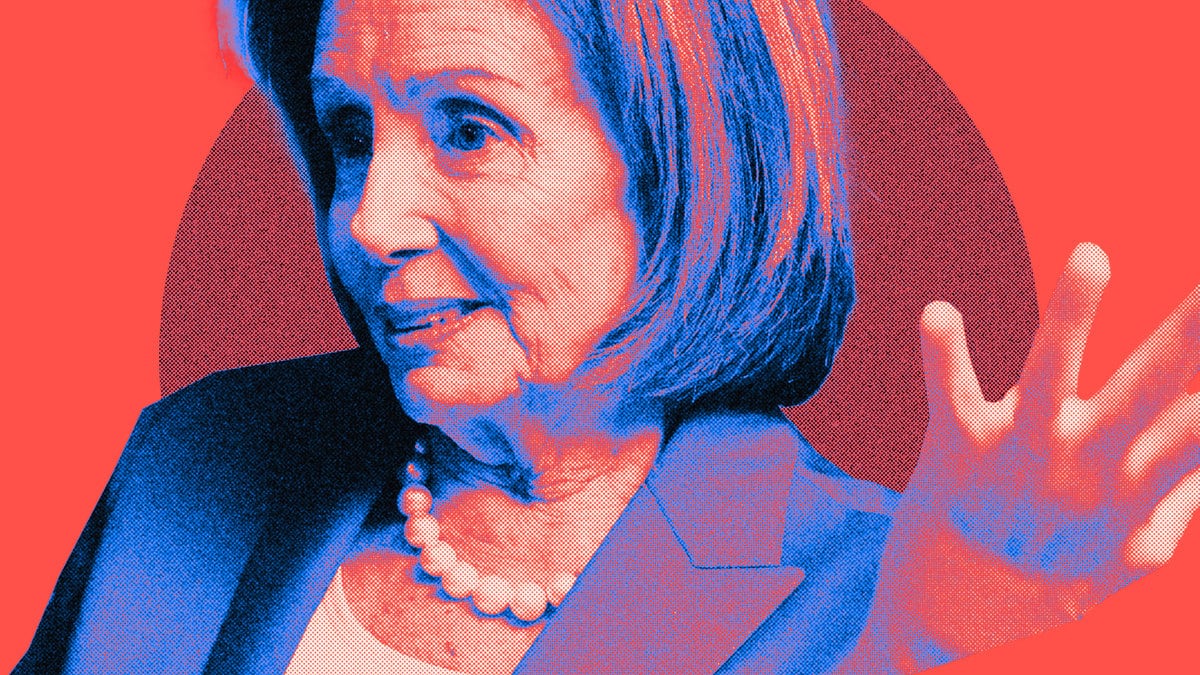Elections
Photo Illustration by Luis G. Rendon/The Daily Beast/Getty
Republicans Just Can’t Quit Campaigning on Nancy Pelosi
PARTY LIKE IT’S 2010
House Republicans might have had a perfect foil for their 2022 attack ads in Joe Biden. Instead, they’re turning to their tried-and-true playbook.

Trending Now





